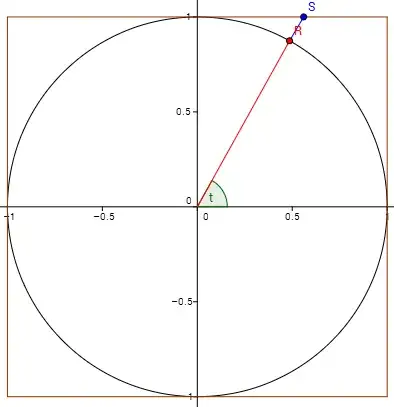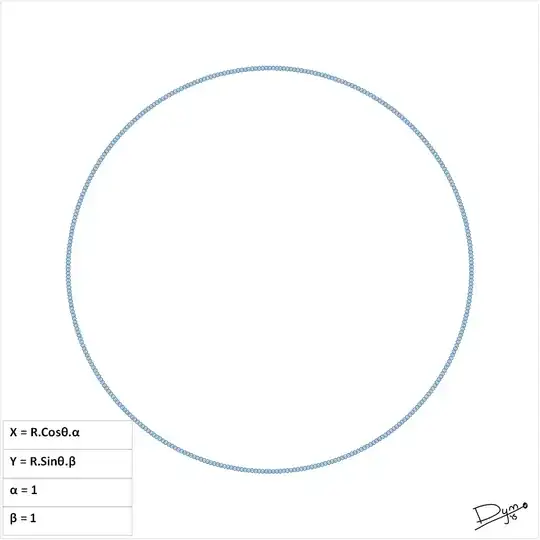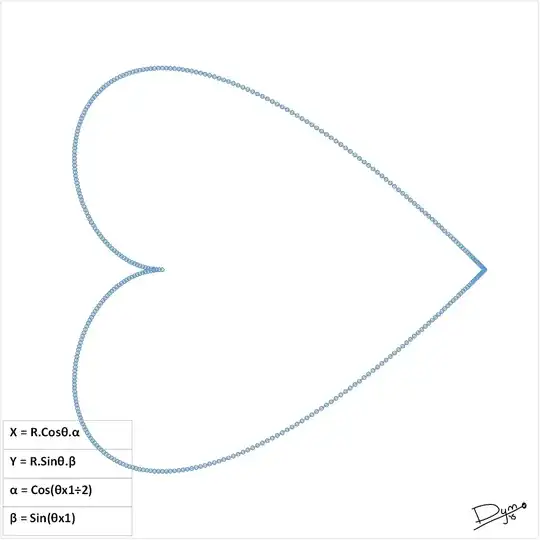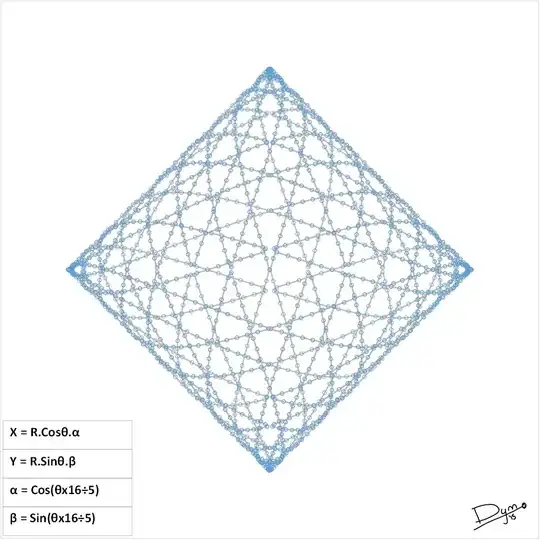
Given the parametric equation of a unit circle $$ \vec r(\theta) = \begin{bmatrix} \cos\theta \\ \sin\theta \end{bmatrix}, \quad 0 \leq \theta \leq 2\pi $$
It seems that there is some function $$ f : \mathbb{R} \rightarrow \mathbb{R} $$
such that $$ \vec s(\theta) = f(\theta)\vec r(\theta), \quad 0 \leq \theta \leq 2\pi $$ where $\vec s(\theta)$ is the parametric equation of a square with side length $2$.
Can this function $f$ be found, and if so, what is it?


 others:
others:
